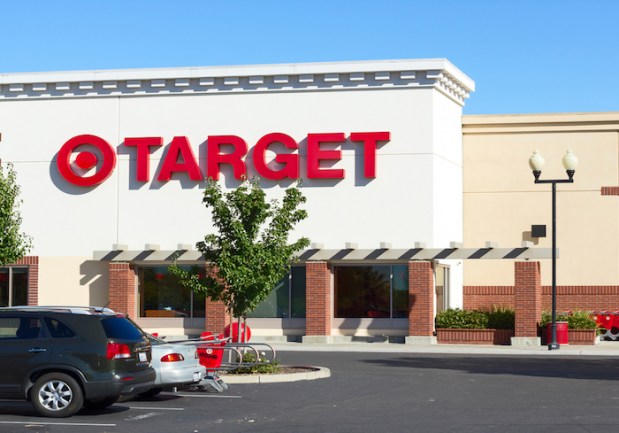Target Tells Suppliers To Shape Up Or Pay Up

It’s not uncommon for large retailers to have dozens upon dozens of firms working in tandem to support their complex omnichannel interests, and naturally, some of those consultants are going to operate out from under the purview of retailers themselves. That has gotten Target into some inventory trouble in the past, and the company is taking steps to make sure it doesn’t happen again.
Reuters reported that Target has informed its suppliers of a new punitive policy regarding late or inaccurately labeled deliveries to its thousands of warehouses and retail store fronts. Effective May 30, suppliers who miss deadlines or show up with less-than-stellar product information could see fines up to $10,000. The announcement comes on the heels of what Target COO John Mulligan described as intensive talks with the company’s supplier partners, during which Target tried to keep the sentiment of the discussion focused on doing what was best for every part of the supply chain.
“We had a very long question-and-answer session,” Mulligan told Reuters. “Obviously, there were concerns, so we listened to those, and we feel very good with where we are going with our vendor partners.”
Target has little leash left to give to suppliers that can’t meet deadlines. With between 8 billion and 9 billion items circulating in brick-and-mortar stores during 2015, dips of small percentages can have big impacts when even a few shelves run dry. According to the new rules, gone are grace periods that allowed suppliers to deliver shipments within two to 12 days of expressed deadlines — in their place are fines totaling 5 percent of order costs and between $5,000 and $10,000 for suppliers who fail to include proper product information with their orders.
While expecting more out of suppliers as omnichannel competition stiffens isn’t an unreasonable request, it’ll be interesting to see how suppliers themselves adapt to the challenges of absorbing the entirety of the costs of Target’s — and likely other retailers’ — new approach to risk management in the supply chain.
